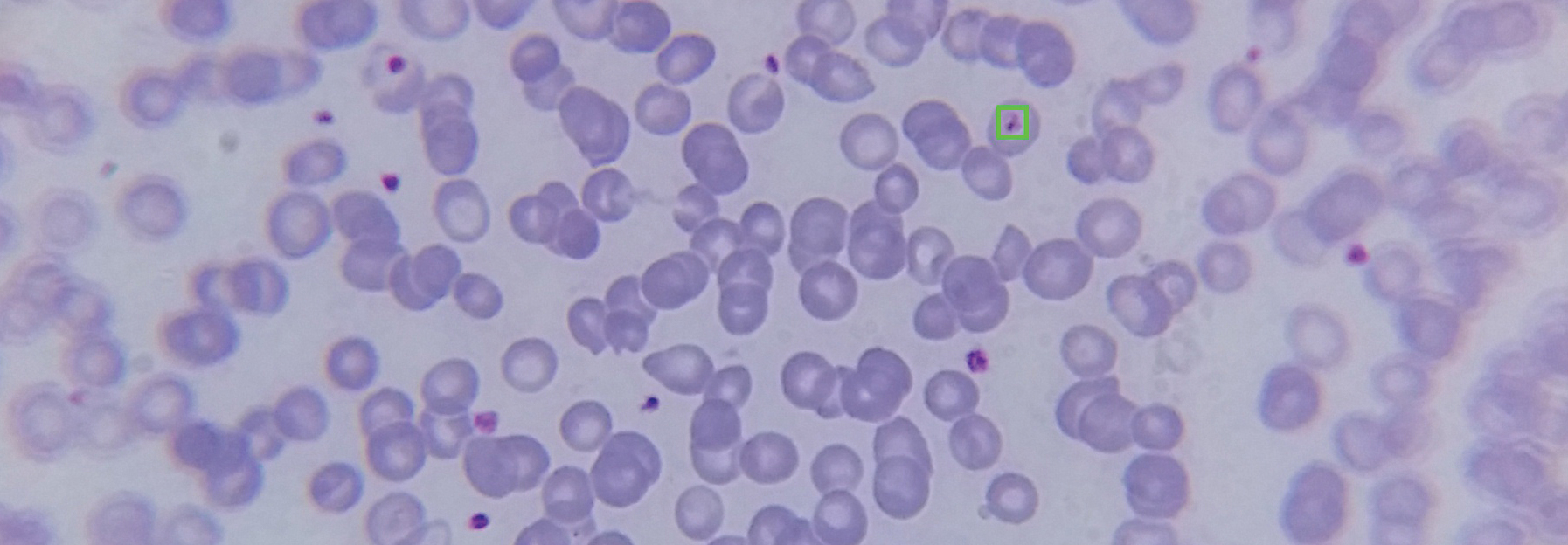Affordable and automated mobile-based microscopy
An affordable and automated alternative to conventional microscopes, tailored to effectively support microscopy-based diagnosis in areas with limited access to healthcare services.
Motivation:
Neglected tropical diseases (NTDs) affect over 1.5 billion of the world’s poorest population. Microscopic examination is the gold standard for the diagnosis of several NTDs, but reliable diagnosis in rural endemic areas is often limited by lack of trained personnel and adequate equipment. Consequently, NTDs are commonly misdiagnosed and people receive inadequate treatment.
Solution:
AICOS has been performing research in the field of Mobile Microscopy since 2013, which started with the development a fully automated 3D-printed smartphone microscope, termed μSmartScope. Through the usage of a motorised automated stage fully powered and controlled by a smartphone, the μSmartScope allows autonomous acquisition of microscopic images, with the ultimate goal of decreasing the burden of manual microscopy examination.
The μSmartScope also aims to reduce dependence on experts in microscopy diagnosis available on-site, by allowing straightforward integration with Artificial Intelligence (AI). Particularly, computer vision modules can be easily embedded in the μSmartScope framework to support the diagnosis of target pathologies.
Benefit:
The μSmartScope has already been tested for NTDs like Malaria, Chagas, Cervical Cancer and Microfilaria. It was demonstrated that is possible to distinguish those agents on the acquired images, which clearly illustrates the huge potential of μSmartScope to support microscopy diagnosis in medically-underserved regions.
In addition, an AI-powered version of the μSmartScope is being developed for the automated detection of malaria, with already reported results of 73.9-96.2% sensitivity and 92.6%-99.3% specificity, using a dataset of 566 malaria-infected thin blood smear images.
 Fraunhofer Center for Assistive Information and Communication Solutions – AICOS
Fraunhofer Center for Assistive Information and Communication Solutions – AICOS